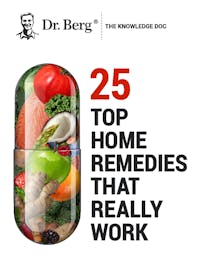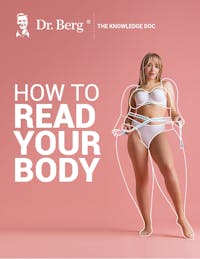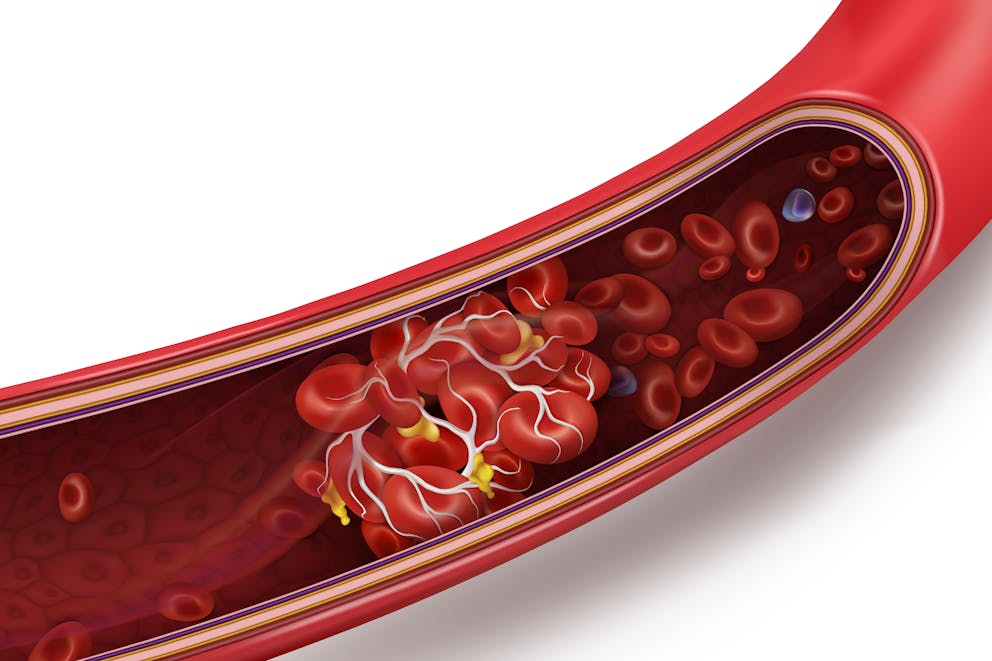The Best Way to Deal with Varicose Veins

25 Top Home Remedies That Really Work
Explore powerful home remedies for common health issues
Discover how to use everyday household ingredients to address minor ailments
Get practical tips for the safe and effective use of home remedies

25 Top Home Remedies That Really Work
Explore powerful home remedies for common health issues
Discover how to use everyday household ingredients to address minor ailments
Get practical tips for the safe and effective use of home remedies

25 Top Home Remedies That Really Work
Explore powerful home remedies for common health issues
Discover how to use everyday household ingredients to address minor ailments
Get practical tips for the safe and effective use of home remedies

25 Top Home Remedies That Really Work
Explore powerful home remedies for common health issues
Discover how to use everyday household ingredients to address minor ailments
Get practical tips for the safe and effective use of home remedies

25 Top Home Remedies That Really Work
Explore powerful home remedies for common health issues
Discover how to use everyday household ingredients to address minor ailments
Get practical tips for the safe and effective use of home remedies

25 Top Home Remedies That Really Work
Explore powerful home remedies for common health issues
Discover how to use everyday household ingredients to address minor ailments
Get practical tips for the safe and effective use of home remedies

25 Top Home Remedies That Really Work
Explore powerful home remedies for common health issues
Discover how to use everyday household ingredients to address minor ailments
Get practical tips for the safe and effective use of home remedies

How to Read Your Body
Learn to recognize common symptoms and uncover their underlying health issues
Understand the signs of nutrient deficiencies to manage your health
Explore the four metabolic body types and the core factors that influence them
Interpret your body's signals from head to toe to identify potential health concerns

How to Read Your Body
Learn to recognize common symptoms and uncover their underlying health issues
Understand the signs of nutrient deficiencies to manage your health
Explore the four metabolic body types and the core factors that influence them
Interpret your body's signals from head to toe to identify potential health concerns

How to Read Your Body
Learn to recognize common symptoms and uncover their underlying health issues
Understand the signs of nutrient deficiencies to manage your health
Explore the four metabolic body types and the core factors that influence them
Interpret your body's signals from head to toe to identify potential health concerns

How to Read Your Body
Learn to recognize common symptoms and uncover their underlying health issues
Understand the signs of nutrient deficiencies to manage your health
Explore the four metabolic body types and the core factors that influence them
Interpret your body's signals from head to toe to identify potential health concerns

How to Read Your Body
Learn to recognize common symptoms and uncover their underlying health issues
Understand the signs of nutrient deficiencies to manage your health
Explore the four metabolic body types and the core factors that influence them
Interpret your body's signals from head to toe to identify potential health concerns

How to Read Your Body
Learn to recognize common symptoms and uncover their underlying health issues
Understand the signs of nutrient deficiencies to manage your health
Explore the four metabolic body types and the core factors that influence them
Interpret your body's signals from head to toe to identify potential health concerns

How to Read Your Body
Learn to recognize common symptoms and uncover their underlying health issues
Understand the signs of nutrient deficiencies to manage your health
Explore the four metabolic body types and the core factors that influence them
Interpret your body's signals from head to toe to identify potential health concerns
I've seen countless patients struggle with varicose vein treatment, frustrated with remedies that simply don't deliver.
It's understandable why people turn to quick fixes, hoping for a miracle cure.
But the reality is, effectively addressing varicose veins requires a deeper understanding of their root cause and a commitment to lifestyle changes.
Understanding How Veins Work
The circulatory system is a marvel of nature, transporting blood throughout our bodies. Arteries, powered by the heart, pump oxygen-rich blood away from the heart.
This blood nourishes tissues and organs before returning to the heart through veins.
Varicose veins occur when veins, particularly in the legs, face difficulty sending blood back to the heart. This can lead to more serious health problems if left untreated.
Think of it like a flowing river; healthy veins transport blood smoothly. However, if the riverbed weakens or valves malfunction, water can back up, causing congestion.
Similarly, weak vein walls or malfunctioning valves hinder blood flow in veins. This leads to blood pooling, causing veins to twist and bulge—what we recognize as varicose veins.
Beyond Genetics: The Real Culprit
While family history might make you more susceptible to vein health issues, it’s not the whole picture. Inactivity plays a huge role.
Our calf muscles act like secondary pumps, contracting with every step we take. This helps propel blood upward, against gravity, back towards the heart. When we're sedentary, this vital pump system falters.
Additionally, long periods of standing or sitting can also contribute to varicose veins.
The pressure from standing or sitting for extended periods can make it harder for your veins to return blood to the heart, increasing the risk of blood pooling and vein enlargement.
It is important to incorporate movement and avoid long periods of inactivity.

Varicose Vein Treatment: Ditch Quick Fixes, Embrace This
Having spent years studying this, I've seen firsthand how impactful lifestyle modifications can be. Here's the most powerful approach to varicose vein treatment:
1. Move Your Body, Revitalize Your Veins
Regular exercise is non-negotiable for healthy blood vessels. Walking, swimming, cycling—all activate your calf muscles, those natural pumps that help with blood circulation. Even short walks throughout the day make a difference.
You can also wear compression stockings to help improve blood flow in your legs. Compression stockings provide graduated pressure, squeezing your legs gently and encouraging blood to move upwards toward the heart.
This can be particularly beneficial if you have to stand or sit for long periods. But be patient. Unlike quick fixes that promise overnight results, seeing changes takes time. Think months, even a year or two, of consistent effort.
Varicose veins didn't appear overnight, and they won't disappear that quickly either.
2. Food As Fuel:
Nutrient deficiencies, particularly low vitamin C, are linked to weak vein walls. Getting adequate vitamin C through your diet is crucial. However, I’m not referring to synthetic ascorbic acid. Foods, not supplements, should be your primary source.
Think colorful vegetables—peppers, kale, broccoli. Aim for a rainbow on your plate. Maintaining a healthy weight through a proper diet can also significantly impact vein health.
3. Watch Your Vitamin C Intake
Ironically, excessive synthetic vitamin C (ascorbic acid), often found in high doses in supplements, may worsen spider veins. Our bodies thrive on a complex array of nutrients, and solely focusing on one can create imbalances.
When to Seek Medical Intervention
Exercise and diet should form the foundation of your varicose vein treatment plan. However, if your veins are causing significant pain, swelling, or impacting your quality of life, it's wise to seek advice from a healthcare provider.
They can assess your specific situation and recommend the best course of action.
There are minimally invasive procedures, such as laser treatment or radiofrequency ablation, that can effectively treat varicose veins.
These procedures work by delivering laser energy or radiofrequency energy to the affected vein, causing it to heat up, collapse, and eventually fade away. Your body will naturally reroute blood flow through healthier veins.
For smaller varicose veins, sclerotherapy might be an option. This treatment involves injecting a solution directly into the vein, irritating the lining and causing it to close.
The closed vein will then gradually turn into scar tissue and fade away over time.

Pregnancy & Varicose Veins
Pregnant women often experience varicose veins, thanks to hormonal shifts (hello, estrogen.) and increased blood volume that put extra pressure on veins. Weight gain adds further stress, while the enlarged uterus can obstruct blood flow from the legs to the heart.
While many women find relief after pregnancy, others may struggle long-term. Maintaining a healthy weight during pregnancy can help alleviate pressure on veins, while regular exercise, even gentle walks, can improve circulation.
Remember, even if you've given birth, these tips can still make a difference in managing varicose veins.
Combining Nutritional Support with Varicose Vein Treatments
When managing varicose veins, effective treatment often involves a combination of medical procedures and lifestyle adjustments.
While treatments like sclerotherapy and laser therapy can address the appearance and discomfort of varicose veins, adding nutritional support can enhance overall vein health.
For instance, certain vitamins and supplements known for reducing inflammation and improving circulation can be beneficial.
Similarly, incorporating a vitamin for sciatic nerve pain may provide dual benefits, as it can help reduce nerve-related discomfort and support vascular health.
By understanding which vitamins and nutrients promote better blood flow and reduce inflammation, you can complement traditional varicose vein treatments with natural remedies.
This comprehensive approach can help manage symptoms, reduce pain, and improve the long-term health of your veins, providing a more balanced strategy for vein care.
Conclusion
Varicose vein treatment is a marathon, not a sprint. There's no magic pill. But through consistent effort, focusing on natural approaches like movement and real food, you can improve the appearance and health of your veins and regain that feeling of vitality from within.
Previous blog
The Adrenal Potassium ConnectionNext blog
The Adrenal Body Type KitTags

Popular
08/21/2024
39.8K views
05/22/2024
36.6K views
08/19/2024
212.8K views
03/18/2024
11/21/2022




